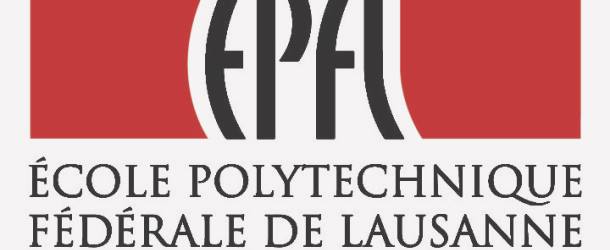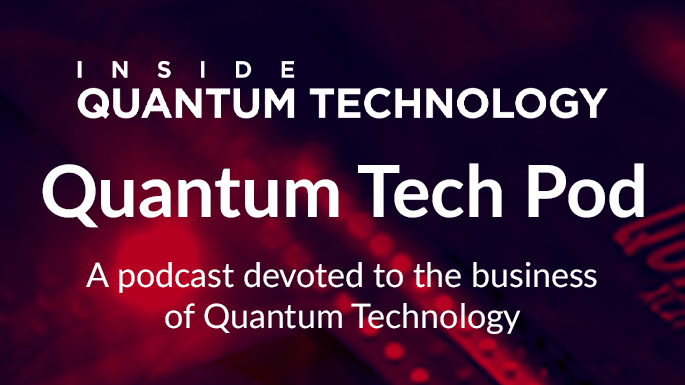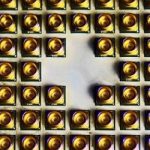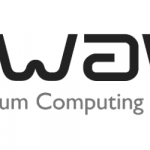‘Excitons’ Show Potential for Low-Power Quantum Computing

(EETimes) Scientists from EPFL’s laboratory of Nanoscale Electronics & Structures in Switzerland have found a way of using a laser to change and regulate the polarization, wavelength and intensity of light in “excitons” in 2D materials, creating the potential for a new generation of transistors with less energy loss and heat dissipation, opening up the potential for low-power quantum computing.
The EPFL scientists combined tungsten diselenide (WSe2) with molybdenum diselenide (MoSe2) to reveal new properties with an array of possible high-tech applications. “Linking several devices that incorporate this technology would give us a new way to process data,” said Andras Kis, the lead scientist at the EPFL lab. “By changing the polarization of light in a given device, we can then select a specific valley in a second device that’s connected to it. That’s similar to switching from 0 to 1 or 1 to 0, which is the fundamental binary logic used in computing.”



















